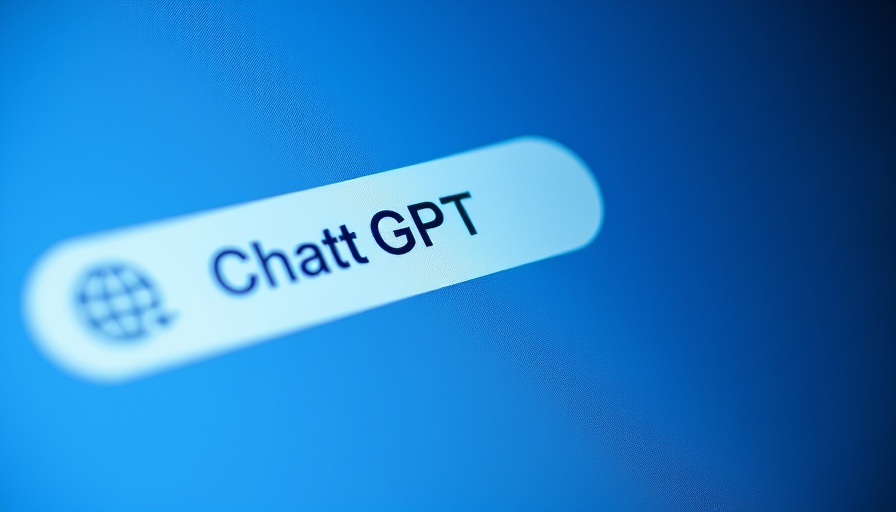
Introducing ChatGPT's 'Study Together' Feature: Transforming Learning
In an innovative shift aimed at enhancing the educational experience, OpenAI's ChatGPT is testing a new 'Study Together' feature designed to foster an interactive learning environment. While the feature remains in testing, early experiences gleaned from users suggest it’s more than just a method for obtaining quick answers; it's poised to serve as an educational guide akin to a tutor or teacher.
A Shift from Passive to Active Learning
Unlike traditional modes of information retrieval where students may passively ask questions and receive straightforward answers, the 'Study Together' feature engages users by asking questions back. This process encourages users to think critically and develop their understanding of the topics at hand. As noted by several users, this interactive approach can significantly enhance retention and understanding by promoting a learning experience that is active rather than passive.
The Implications for Education
As educational institutions increasingly look for innovative solutions to enhance student learning, the 'Study Together' feature acts as a timely response amid ongoing concerns surrounding academic integrity. While some students may misuse AI tools for homework or paper writing, this new feature is a clear attempt by OpenAI to encourage genuine learning rather than rote copying. Teachers have already started leveraging ChatGPT for lesson planning and as a virtual tutor, showcasing its utility across the educational spectrum.
Potential for Collaborative Learning
One of the intriguing possibilities surrounding 'Study Together' is the idea of a group study mode. Although this aspect has yet to be confirmed, the name itself implies that multiple users might be able to join the same chat session, collaborating on homework or exam preparation with ChatGPT leading the discussion. This could transform how group study sessions are conducted, making them more interactive and guided.
Balancing Opportunities and Risks
However, with opportunity comes responsibility. The dual-edged nature of AI in education raises questions about its implications for higher learning. Educators warn about the potential erosion of academic integrity, concerned that students might lean too heavily on AI assistance rather than engage with the material genuinely. OpenAI’s initiative to pivot ChatGPT toward more interactive uses aims to curb these issues, potentially reigniting a love for learning and ensuring students develop the necessary skills devoid of easy outs.
Future Trajectory: Adaptation in the AI Landscape
No matter the outcome, the introduction of features like 'Study Together' is poignant as we look toward the future of AI in education. With expectations that learning methodologies will continue to evolve, the advent of 2025 could see AI fully integrated into classrooms as a standard practice, rather than an outlier. Users and educators alike will need to remain vigilant and adapt to these changes, ensuring that the ethical boundaries of using AI tools are respected.
Get Involved and Share Your Thoughts
As we witness the evolution of AI in educational frameworks, it’s essential to keep the conversation alive. Do you see a use for a 'Study Together' feature on ChatGPT? How do you think it might impact learning environments? We invite you to share your thoughts and visions for this promising feature. Consider engaging with your peers or connecting with us through our social platforms. Your insights can contribute to a broader understanding of how technology and education may intertwine in the years to come.
Final Thoughts
The 'Study Together' feature reflects a pivotal moment in leveraging AI technology for educational improvement. As this feature progresses, it promises the potential to not only assist in learning but to reshape the entire educational landscape for the better. Stay tuned for updates about its rollout and consider how you can adapt your learning habits in this new era.
 Add Row
Add Row  Add
Add 




 Add Row
Add Row  Add
Add 

Write A Comment